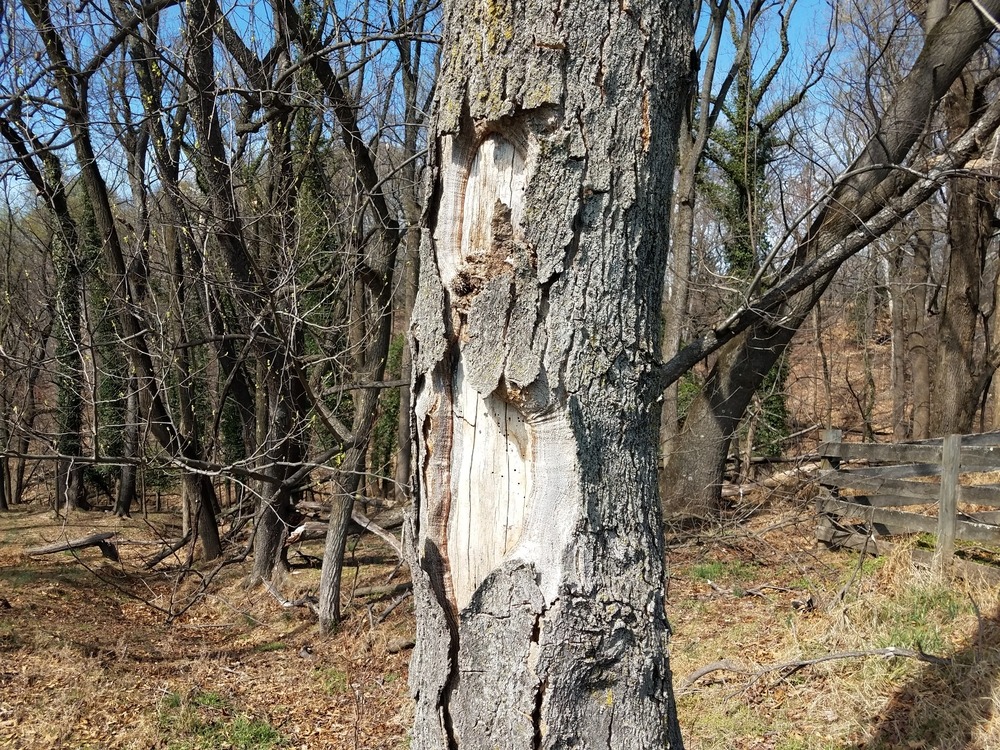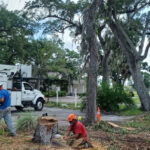Trees on your property are a beautiful addition to your home. They provide protection from the sun, aesthetic qualities, and even increase the property value in many cases. However, there are times that your trees may have issues. They can become an eyesore or even a risk if they are dead and can even be dangerous if strong winds come through. That’s why it is vital to know how to identify a problem with the trees. The best way to do that is working with tree experts such as Advanced Arborist LLC.
We provide affordable tree service options such as tree trimming, tree removal and stump removal. We take time to find out what the root cause of the issue is and if the tree can be saved.
Learning how we identify a problem tree below will help you to understand the process and what to expect when you work with our professional team.
To identify a problem tree on your property, you can look for the following signs:
Assess the tree’s overall health: Check for any signs of decay, such as mushrooms growing at the base of the tree, cracks or splits in the trunk or limbs, or abnormal discoloration or wilting of the leaves.
Look for structural issues: Inspect the tree for any leaning, instability, or broken branches. This can indicate a problem with the roots, trunk, or limb structure.
Check for insect or disease infestations: Look for evidence of insect damage, such as holes in leaves or bark, or discolored or wilted foliage. Check for any signs of disease, such as cankers, discolored leaves, or abnormal growth patterns.
Consider the tree’s location: Is the tree located near a building or other structure, power lines, or sidewalks? If so, it may pose a safety hazard in the event of wind or storms.
Assess the tree’s age: Consider the age of the tree and whether it is approaching the end of its lifespan. Old trees are more susceptible to decay and structural issues, and may need to be removed for safety reasons.
Dead or Dying Branches: If branches are dead or dying, it could be a sign that the tree is in trouble.
Fungal Growth: Fungal growth, such as mushrooms growing at the base of the tree, can indicate that the tree is rotting from the inside out.
Leaning Tree: If the tree is leaning heavily to one side, it may be unstable and could be at risk of falling over.
Cracks or Cavities in the Trunk: Large cracks or cavities in the trunk of the tree can weaken its structure and make it more prone to falling.
Roots Exposed: If the roots of the tree are exposed, it could indicate that the tree is unstable and at risk of falling over.
Bark Discoloration or Peeling: Discolored or peeling bark could indicate that the tree is under stress and may not be healthy.
Overcrowding: If the tree is surrounded by other trees and plants, it may be struggling for light, water, and nutrients, which can negatively affect its health.
If you suspect that a tree on your property is a problem tree, it’s important to have it evaluated by a certified arborist to determine the best course of action. They can provide you with a professional assessment of the tree’s health and stability, and can recommend the best steps to take to ensure the safety of your property and anyone using it.
Here at Advanced Arborist tree service we employ highly qualified Certified Arborist professionals that are committed to providing you with the highest level of customer service possible. Our number one goal is to see you happy.




